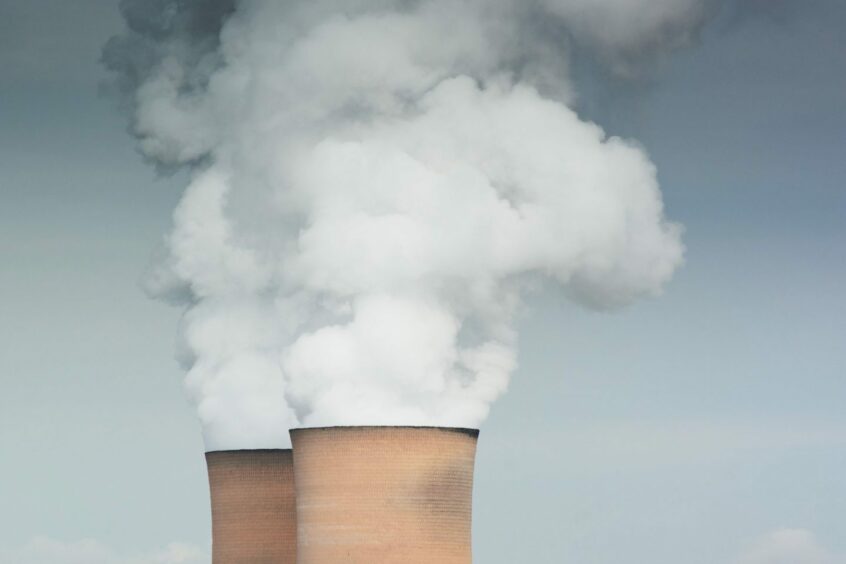
South Africa has published its draft energy projections, warning that renewable energy alone would fall short of providing security of supply.
The Integrated Resource Plan (IRP) noted that focusing on renewable energy would need 166 GW of new capacity.
Under the lowest cost plan, though, South Africa would need to build only 105 GW by 2050.
The draft IRP said a plan based on renewable and clean energy alone would “only deliver” the decarbonisation of the power system. “However, these pathways do not provide security of supply while carrying the highest cost to implement.”
The IRP offered various options to providing new generation capacity – although also highlighting the importance of investments in additional transmission.
Coal did not get off lightly. The IRP noted that plans for new power must “include dispatchable capacity”. This is in part because of the “erratic performance of existing coal-fired power plants”.
Availability
The best means of tackling this challenge, at least up to 2030, would be improving the energy availability factor (EAF) and deploying gas.
The EAF represents how much of Eskom’s generation capacity is available. The 2019 IRP assumed Eskom would reach 75% EAF. At the time it was below 70% but has fallen to 54.7% in the 2023 financial year.
The downward spiral of the EAF is a “serious threat to security of supply”.
Eskom’s coal power plants are also falling below the emissions standards required by law. The draft IRP notes that, if current postponements lapse – and Eskom is forced to comply – this would reduce generation by up to 30 GW after March 2025.
The plan said there must be a “balance” between energy security, the health impact of high emissions and the economic cost of plants shutting down.
From 2031 to 2050, the IRP said there was a need for a “massive new build programme”.
The draft IRP is open for comments until February 23.
Recommended for you

